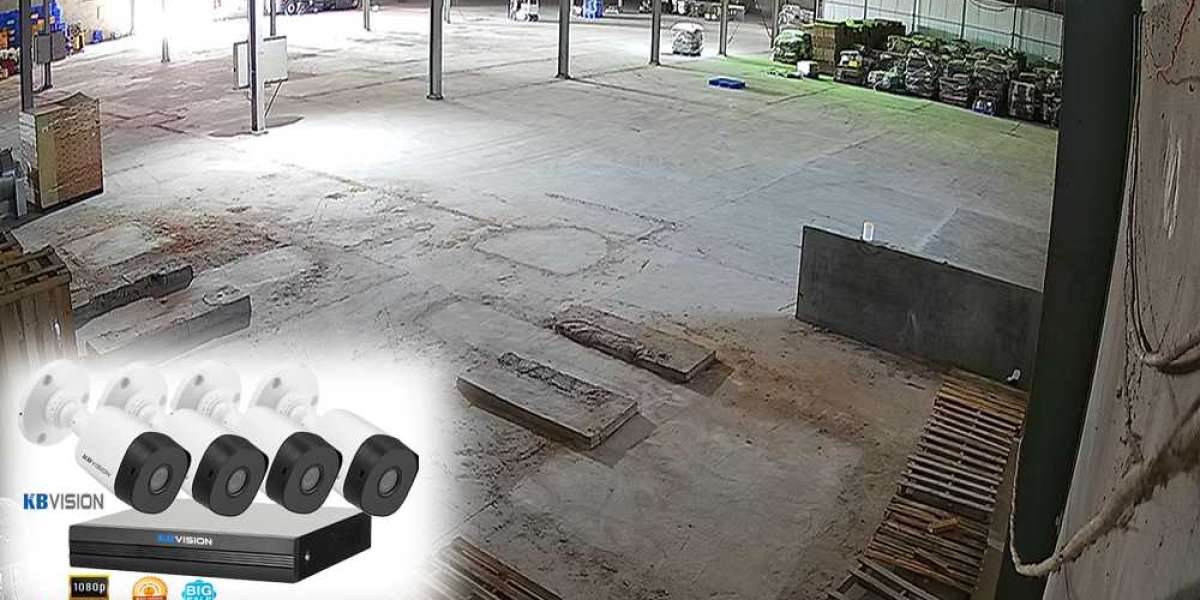Polypropylene strapping is a popular choice in the packaging industry due to its versatility, strength, and cost-effectiveness. Whether you’re securing boxes, pallets, or other items for shipping, choosing the right strapping is crucial to ensure safety and efficiency. Here’s a guide to help you select the best strapping for your specific packaging needs.
Understand the Types of Strapping
a. Regular Polypropylene Strapping
This is the most commonly used type of strapping. It is lightweight and has good elasticity, making it suitable for various applications. Regular polypropylene strapping is ideal for bundling and securing lighter loads.
b. High-strength Strapping
For heavier and more demanding applications, high-strength strapping offers increased tensile strength and durability. This type is designed to withstand more significant stresses and is better suited for industrial uses.
c. Machine vs. Hand Strapping
- Machine Strapping: This type is specifically designed for use with automatic or semi-automatic strapping machines. It usually comes in larger rolls and is engineered for consistent tensioning and sealing.
- Hand Strapping: This is more suitable for manual applications and is available in smaller rolls. Hand strapping is easier to handle for low-volume operations.
Consider the Width and Thickness
The width and thickness of the strapping are critical factors that affect its strength and suitability for your packaging needs. Strapping typically ranges from 1/2 inch to 1 inch in width.
- Wider Strapping: Offers more surface area and greater load stability, making it ideal for larger or heavier items.
- Thicker Strapping: Generally provides higher tensile strength. For heavier loads, consider strapping with a thickness of 0.020 inches or more.
Tips:
- Assess the weight and dimensions of your loads to determine the appropriate width and thickness.
- Conduct tests with different sizes to find the optimal combination for your specific applications.
Evaluate Tensile Strength
Tensile strength is a crucial attribute of polypropylene strapping, referring to its ability to withstand pulling forces without breaking. When choosing strapping, check the manufacturer's specifications for tensile strength ratings, typically measured in pounds.
Guidelines:
- For light loads (up to 500 lbs), consider strapping with a tensile strength of 600 to 1,000 pounds.
- For heavier loads (up to 1,500 lbs), look for strapping with a tensile strength of 1,200 pounds or more.
Assess Elongation Properties
Elongation refers to how much the strapping can stretch before breaking. Strapping typically has a high elongation rate, allowing it to absorb shocks and impacts during transportation.
Considerations:
- If your products are prone to shifting during transit, choose to strap with higher elongation to maintain tension and secure loads.
- Conversely, for stable loads that don’t shift much, a lower elongation strapping might suffice.
Check for UV Resistance
If your products will be stored outdoors or in environments with high UV exposure, consider UV-resistant strapping. This type is treated to resist degradation caused by sunlight, ensuring longer-lasting performance.
Recommendations:
- For outdoor applications or prolonged exposure to sunlight, UV-resistant strapping is a must to prevent weakening and premature failure.
Select the Right Sealing Method
Choosing the appropriate sealing method is crucial for ensuring the integrity of your strapping. Common sealing methods include:
- Heat Sealing
This method uses heat to fuse the ends of the strapping together, creating a strong bond. It’s best suited for machine strapping.
- Friction Sealing
Friction sealing uses the heat generated by friction to seal the strapping. This method is effective for both machine and hand applications.
- Buckle and Clip Sealing
For hand-strapped loads, using buckles or clips is an option. These allow for easy adjustments and do not require heat.
Consider Color and Visibility
While color may seem trivial, it can play a role in visibility and branding. Brightly colored strapping can enhance visibility during handling and shipping, reducing the risk of accidents. Additionally, using branded colors can help reinforce your brand identity.
- Cost vs. Quality
While it’s tempting to choose the cheapest option, it’s essential to balance cost with quality. Poor-quality strapping can lead to failures, resulting in damaged products and increased costs in the long run. Look for reputable manufacturers that offer a warranty or guarantee on their products.
Tips:
- Request samples to test the quality and performance of different strapping options.
- Compare prices among various suppliers while considering the quality of the strapping.
Consult with Experts
If you’re unsure about which polypropylene strapping is best for your needs, don’t hesitate to consult packaging experts or suppliers. They can provide insights based on your specific requirements and help you make an informed decision.
Conclusion
Choosing the best polypropylene strapping for your packaging needs involves considering various factors, including type, width, thickness, tensile strength, and sealing methods. By evaluating these attributes and consulting with experts, you can ensure that you select the right strapping to secure your products effectively and efficiently. Investing in quality strapping will not only enhance the safety of your shipments but also contribute to the overall success of your packaging operations.







